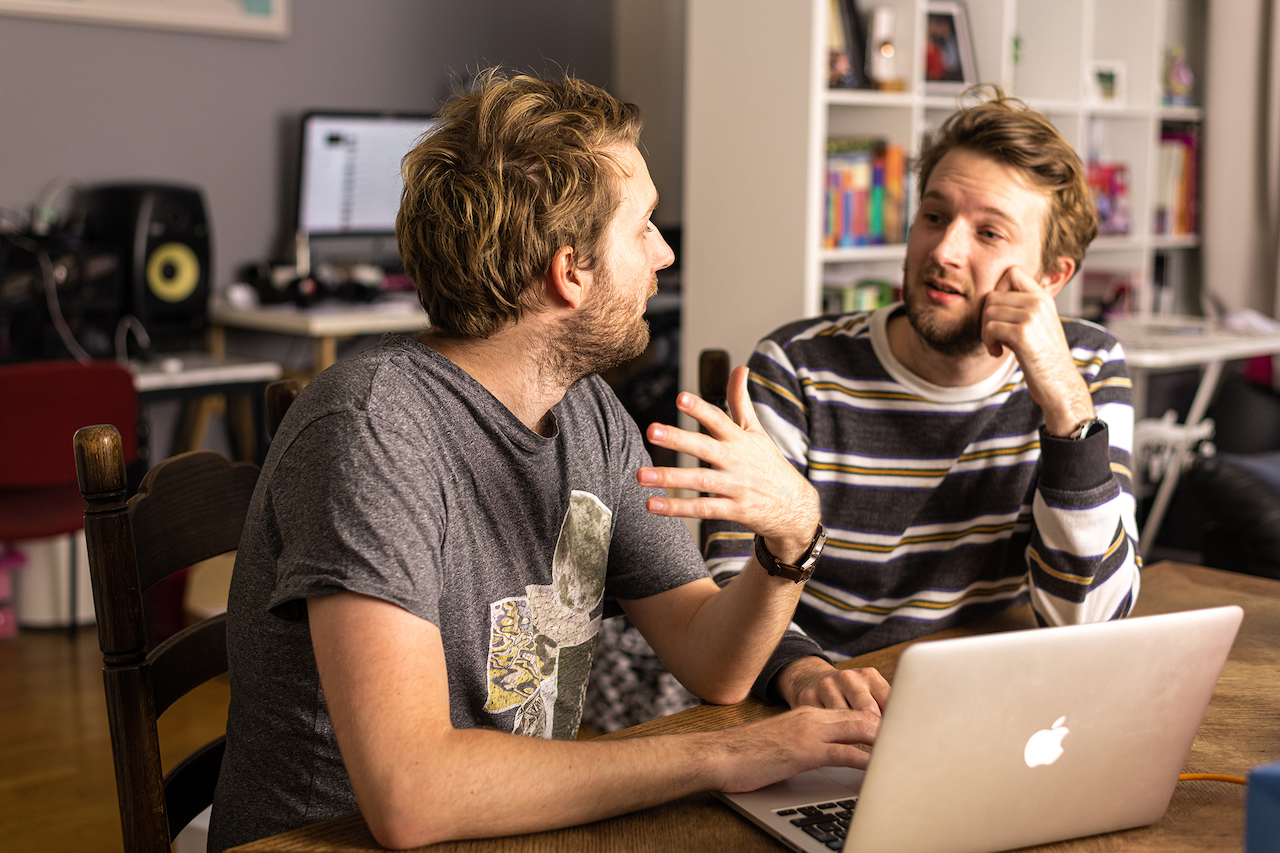When getting better at photography, we usually go to external sources to ask for feedback. It’s not wrong to ask others for their opinion, but other people aren’t always available. And aren’t always knowledgeable either. So what to do?
One word with a little connector: self-evaluation.
When asking for feedback, it’s hard to get actual valuable feedback. Unless you have a mentor who wants to guide you along the way, there is no real connection between your photography and the person giving critique to your work.
Often someone might say that you should’ve used different settings. Or a different lens Or a different angle.
Which can be acceptable. But often, this is just based on either their preferences or what they have read are the perfect settings for good technical photos.
Sure it’s best to keep your ISO low, your shutter speed twice as long as your focal length, and be conscious about what aperture you choose.
Yet, sometimes you have to bump up the ISO to take the shot.
Or go for a more prolonged exposure than you are comfortable with.
That’s photography, and it’s knowing your settings and how to adapt them to get the shot, even if that means making a compromise.
And those compromises are hard to convey when someone is giving you feedback that wasn’t at the same shoot.
Facebook groups are the worst places for this kind of feedback.
I hope you’re not entirely desperate now.

How to get actual feedback?
It’s closer than you think because it’s you.
You can and should be your own best critic. And critics give you more than a comment about what you did wrong and should do better.
They also tell you what you did right and should keep doing.
You are also the person who did the shoot. You know the circumstances, and you know what worked against you. And what worked with you.
And that’s why I prefer doing self-evaluation over asking for feedback.
Of course, it’s always a good idea to ask other people for feedback. Just be sure you ask the right persons.
How do you self-evaluate as a photographer?
It’s not that hard.
Every Friday, I have a reminder to sit down and do my evaluation. And the review is super simple.
In a word document, I list all the shoots I did chronologically. So I have to add at the bottom.
I take the photos from the shoots I did that week and look at them. I then write down the date of the shoot and the title.
It can be anything from “12/07 France holiday” to “12/12 Client A”.
It’s just a short description that makes sure I know what it’s about when I look back at it weeks or months later.
Then under every title, I make three subtitles:
What I did good?
What I did bad?
What should I take away from this?
The feedback you write after every title can be as long or as short as you want. Usually, mine are relatively straightforward. Especially the takeaway one.
For good feedback, I write things like:
- Shot x is an awesome idea
- Really nailed the editing on photo B
- Gave the client good directions during photos A to H
- Love the direction of the lighting
- Good use of the masking in Lightroom
- Etc…
For bad feedback, I write something like:
- Should’ve tried more different angles from subject A
- The instruction were unclear and should’ve asked for clarification
- Photos A and B are too rushed
- Photo C was probably more interesting with a 50mm lens instead of a 35mm.
- Too shallow depth of field.
- Etc…
I know what I did well and what I did poorly at that moment.
Most photographers (and people in general) keep it at that, and they don’t go further investigating.
For me, the most important part has yet to come.
Take-aways:
- Use lighting setup A more often in situation B
- Learn more about bounce flash
- Experiment with HDR more
- Research mild jokes that make people laugh in front of the camera
- Etc…
You can then write these takeaways in a notebook you will read before your next couple of photoshoots. Or make action points in your todo-list for those research tasks you gave yourself.
Let’s do an actual one ( translated from Dutch)
27/10 Ramen Noodles
Positive: delicious food, duh. Excellent lighting on the bacon and the drawing
Negatief: Editing to soft, think about the lighting setup more next time (without letting the food go cold)
Take-away: Experiment more with food photography and different lighting setups
This way of working gathers your thoughts and puts them into actual action. Instead of someone telling you you should’ve used a different lens because they once read that blablabla word-vomit, blabla. The only result is you hating your photo because of the errors someone had to point out to you.
Start evaluating your own and get better at your photography and your self-evaluating!




One thought on “How to use self-evaluation to become a better photographer”